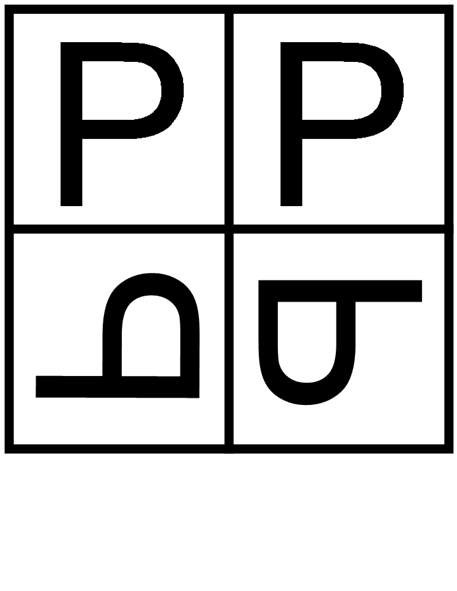Homework 9
Due Date: Friday, November 20
- Consider the following iterated function system on the square \([0,1]\times [0,1]\).
 \(\quad\longrightarrow\quad\)
\(\quad\longrightarrow\quad\) 
Find formulas for the four maps of this system, and use Mathematica to plot 10,000 points in a typical orbit. What is the attractor for this system?
- The iterated function system above can be used to construct the Hilbert curve. The first few stages of the construction of this curve are shown below.
 Use Mathematica to plot stages 5, 6, 7, and 8 of the Hilbert curve. You should use a
Use Mathematica to plot stages 5, 6, 7, and 8 of the Hilbert curve. You should use a Lineto plot the curve, and a secondLineto draw the boundary square, combining them with theGraphicscommand. - For each \(n\), let \(\gamma_n\colon[0,1]\to[0,1]\times[0,1]\) be a constant-speed parametrization of the \(n\)th stage of the Hilbert curve, starting in the lower left.
- Find a piecewise formula for \(\gamma_1(t)\).
- Find formulas for \(\gamma_n(0)\) and \(\gamma_n(1)\) in terms of \(n\).
- Let \(\gamma\colon[0,1]\to[0,1]\times[0,1]\) be the function defined by
\[
\gamma(t) \;=\; \lim_{n\to\infty} \gamma_n(t).
\]
Then \(\gamma\) is a continuous fractal curve whose image is the entire unit square \([0,1]\times[0,1]\).
- What are \(\gamma(0)\) and \(\gamma(1)\)? Explain.
- Use the pictures of the stages to determine the locations of \(\gamma(1/3)\), \(\gamma(2/3)\), \(\gamma(1/4)\), \(\gamma(1/2)\), and \(\gamma(3/4)\).
- Use Mathematica to determine the location of \(\gamma(1/5)\). Express the coordinates of your answer as fractions.
- Use Mathematica to find the value of \(t\) for which \(\gamma(t) = (1/3,1/3)\). Express your answer as a fraction.